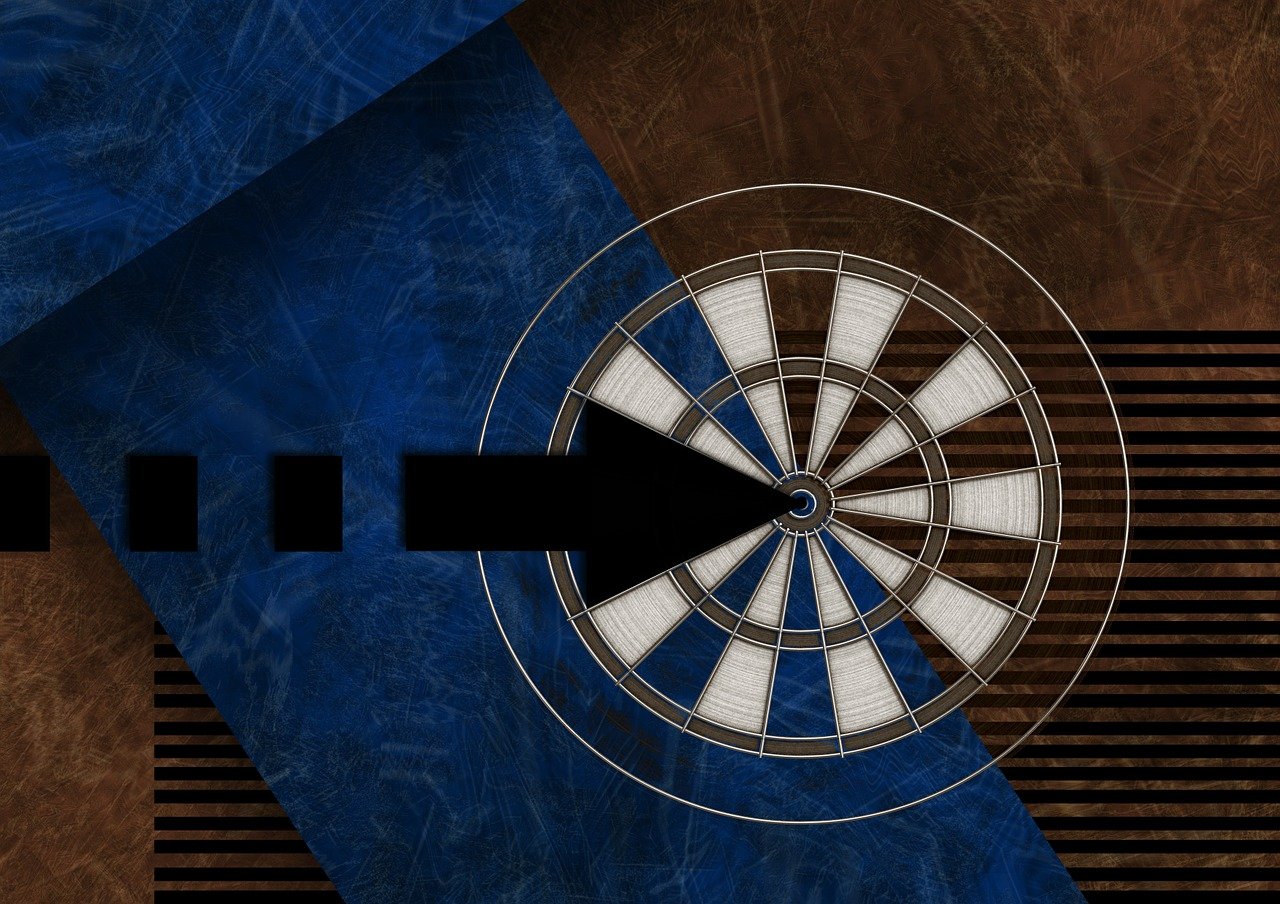Title: Implementing a Three-Level Brightness Controller for a Ceiling Light Using PLC
In this project, a three-level brightness controller for a ceiling light is implemented using a PLC (Programmable Logic Controller). The controller allows the user to adjust the brightness of the ceiling light in three different levels, providing more flexibility and comfort in lighting control. The project includes the design of the hardware and software components of the controller, as well as the integration with the ceiling light and user interface. The PLC is programmed to receive input from the user interface and to control the output of the ceiling light based on the selected brightness level. The implementation of the three-level brightness controller using PLC technology provides a cost-effective and efficient solution for controlling the lighting in a home or office environment.
Introduction
In this project, we will be using a programmable logic controller (PLC) to implement a three-level brightness controller for a ceiling light. The controller will enable us to adjust the brightness of the ceiling light to three different levels: low, medium, and high. This functionality can be achieved by using the digital inputs and outputs of the PLC, as well as some basic programming logic.
Materials and Tools

PLC (Programmable Logic Controller)
Ceiling Light with LED Bulbs (or any other type of bulb)
Digital Inputs and Outputs (for example, buttons or relays)
Programming Software for the PLC (e.g., ladder logic or structured text)
Electrical Wires and Connectors
Screwdrivers and Other Tools
Project Overview
1、Hardware Setup: Connect the digital inputs and outputs to the PLC. These inputs and outputs will be used to control the brightness of the ceiling light.
2、Programming: Use the programming software for the PLC to write a program that will enable us to adjust the brightness of the ceiling light to three different levels: low, medium, and high.
3、Testing: Test the programmed PLC to ensure that it can correctly adjust the brightness of the ceiling light according to our inputs.
4、Deployment: Once testing is completed, deploy the PLC in a real-world environment to control the brightness of the ceiling light.
Hardware Setup
1、Connect the digital inputs to the PLC. These inputs will be used to detect when a user wants to adjust the brightness of the ceiling light. For example, we can use buttons or switches connected to the digital inputs of the PLC.
2、Connect the digital outputs to the PLC. These outputs will be used to control the brightness of the ceiling light. Specifically, we will connect them to relays or transistors that can control the power supply to the LED bulbs in the ceiling light.
3、Connect the PLC to a power source so that it can function properly.
Programming
1、*Write a program that will enable us to adjust the brightness of the ceiling light to three different levels: low, medium, and high.* We can achieve this by assigning specific values or ranges of values to each level of brightness. For example, we can set low brightness as 0-255, medium brightness as 256-511, and high brightness as 512-767 (assuming we are using 8-bit values).
2、*Write code that will detect user inputs from the digital inputs connected to the PLC.* When a user presses a button or switches a switch, this input will trigger a change in brightness level.
3、*Write code that will control the digital outputs connected to the PLC based on the detected user inputs.* When a user wants to increase brightness, for example, code should send a signal to one of the digital outputs connected to a relay or transistor that increases power supply to the LED bulbs, thereby increasing brightness.
4、*Test and debug the programmed PLC.* Ensure that it can correctly adjust brightness levels according to user inputs and outputs are functioning properly.
Testing and Deployment
1、*Test the programmed PLC in a controlled environment.* This includes testing at different temperatures and humidity levels to ensure that it can function properly under various conditions.
2、*Once testing is completed, deploy the PLC in a real-world environment.* This could be in a home or office setting where someone needs to control the brightness of their ceiling light based on their needs or preferences at any given time during daylight hours (or longer if desired).
3、*Monitor performance over time.* Check back periodically to ensure that everything is still functioning as expected without any issues related to either hardware or software components failing prematurely due to wear and tear issues common when dealing with electrical components over extended periods of time usage cycles without proper maintenance practices being followed consistently over timeframes relevant hereabouts within reasonable bounds given resources available at hand during initial setup phase before deployment into actual use cases where applicable scenarios might arise requiring adjustments based on real world conditions encountered periodically throughout normal operational hours set forth initially upon installation completion date agreed upon terms outlined clearly beforehand between all relevant stakeholders involved from start till finish including post deployment support provided via standard service agreements put in place beforehand covering all bases related directly back toward initial requirements identification phase conducted initially prior commencing any activity related directly back toward achieving final desired outcome specified clearly upfront during planning phase itself before proceeding further along lines established initially through thorough discussions held collectively among all interested parties present during initial planning sessions held prior deployment into actual use cases where applicable scenarios might arise requiring adjustments based on real world conditions encountered periodically throughout normal operational hours set forth initially upon installation completion date agreed upon terms outlined clearly beforehand between all relevant stakeholders involved from start till finish including post deployment support provided via standard service agreements put in place beforehand covering all bases related directly
Articles related to the knowledge points of this article:
ZHOUSHAN HUICHUAN PLC CONTROLLER
Multi-position Controller PLC Programming
Panasonic Servo Controller Connected to PLC: A Guide for Integrating the Two Devices